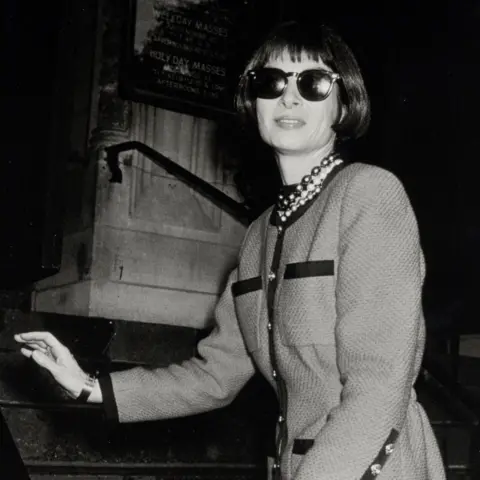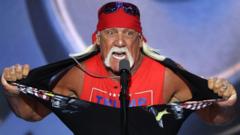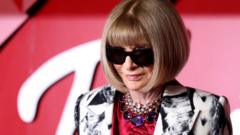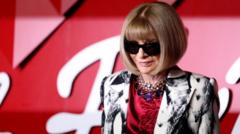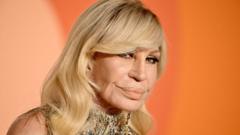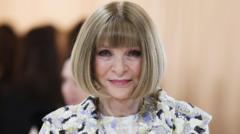In May 1989, Dame Anna Wintour did something that would become a hallmark of her time as editor-in-chief of US Vogue - she put a pop star on the cover.
Just a year into her tenure as the top of the magazine's masthead, Dame Anna had already made a name for herself as an editor who instinctively understood the zeitgeist. She was the first to put a model in jeans on Vogue's front, and now, Madonna.
If it was edgy to do jeans for November 1988, I think it was even edgier for her to do Madonna, says Amy Odell, author of Anna: The Biography.
For Marian Kwei, a stylist and Vogue contributor, this move speaks to Dame Anna's ability to make Vogue relevant to our times, make it contemporary, make it accessible.
Now almost 40 years later, Dame Anna is preparing to hang up her Manolo Blahnik's, sort of – while she will no longer be editor-in-chief, she will remain on as global editorial director. Down the hall will sit her heir, the 39-year-old Chloe Malle, who is stepping in as head of editorial content.
While some have attributed her continued presence as a sign of unwillingness to cede total control, one could also see it as a recognition of her unmatched place in the fashion industry, and the fear that should she go entirely, this print magazine – already a relic to some – will lose its remaining clout.
Once, fashion magazines like Vogue ruled the industry. They didn't have to fight for attention so much as just decree from on high what was and wasn't chic. Today, print magazines are fighting for survival in an increasingly crowded, fast-paced landscape.
With Malle now leading the editorial direction, her strategies, such as reducing the frequency of issues and creating theme-based publications, could redefine Vogue's future.
Ultimately, the legacy of Anna Wintour hangs heavily on the magazine's next chapters. Can Vogue evolve and maintain its cultural influence without her? The answer may depend on how well Malle navigates the challenges of modern media and consumer expectations.

